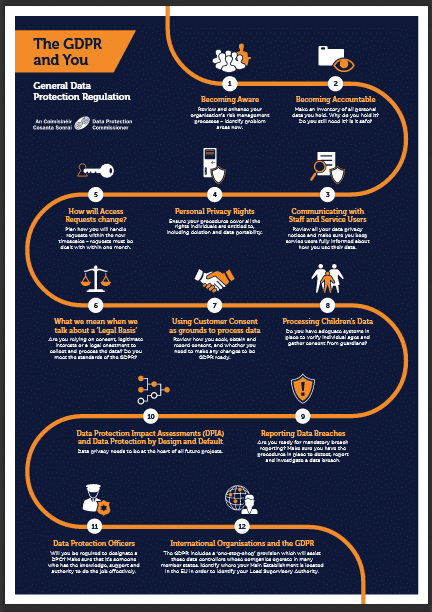Despite the pomp and fanfare associated with launching corporate transformation programs, in reality very few of them succeed. According to a recent report by McKinsey the success rate is pegged below 40%. In addition, the same research indicates that defensive transformations – those undertaken as part of crisis management – have lower chances of success than progressive ones – those launched to streamline operations and foster growth. However, adopting certain strategies, like setting clear and high goals, and maintaining energy and engagement throughout the implementation phase, can really boost the project’s success rate. A key aspect of business transformation is IT transformation. This can be attributed to the fact that significant business change is either driven or influenced by technological change.
So what is IT Transformation?
IT transformation is basically a holistic reorganisation of the existing technological infrastructure that supports the company’s mission critical functions. In essence, IT transformation is not all about effecting change for the sake of change but involves systematic steps that align IT systems to business functions. To appreciate this approach, it is important to explore current trends in the business world where human resource, finance and IT transformations are being carried out in unison. This is being done to develop strong corporate centres that are leaner, agile and more productive that enhance greater synergies across all business functions.
IT transformation inevitably results in major changes of the information system’s technology, involving both hardware and software components of the system, the architecture of the system, the manner in which data is structured or accessed, IT control and command governance, and the components supporting the system. From this scope of works it is evident that IT transformation is a huge project that requires proper planning and implementation in order to succeed.
Tips to Improve Success in IT transformations Projects
1. Focus on Benefits not Functionality
The project plan should be more focused on benefits that can be accrued if the system is implemented successfully rather than system functionality. The benefits should be in line with business goals, for instance cost reduction and value addition. The emphasis should be on the envisaged benefits which are defined and outlined during the project authorisation. The business benefits outlined should be clear, feasible, compelling and quantifiable. Measures should be put in place to ensure that the benefits are clearly linked to the new system functionality.
2. Adopt a Multiple Release Approach
Typically most IT projects are planned with focus on a big launch date set in years to come. This approach is highly favoured because it simplifies stakeholder expectation management and avoids the complexity associated with multiple incremental releases. However, this approach misses the benefit of getting early critical feedback on functioning of the system. In addition, the long lead times often result in changes in project scope and loss of critical team members and stakeholders. IT transformation projects should be planned to deliver discrete portions of functionality in several releases. The benefit of multiple release approach is that it reduces project risks and most importantly allows earlier lessons learnt to be incorporated in future releases.
3. Capacity of the Organisation to confront Change
As pointed out, IT transformations result in significant changes in business operations and functions. Hence it is important that all business stakeholders should be reading from the same script in regards to changes expected. In addition, key stakeholders should be involved in crucial project stages and their feedback incorporated to ensure that the system is not only functional but business focused.
